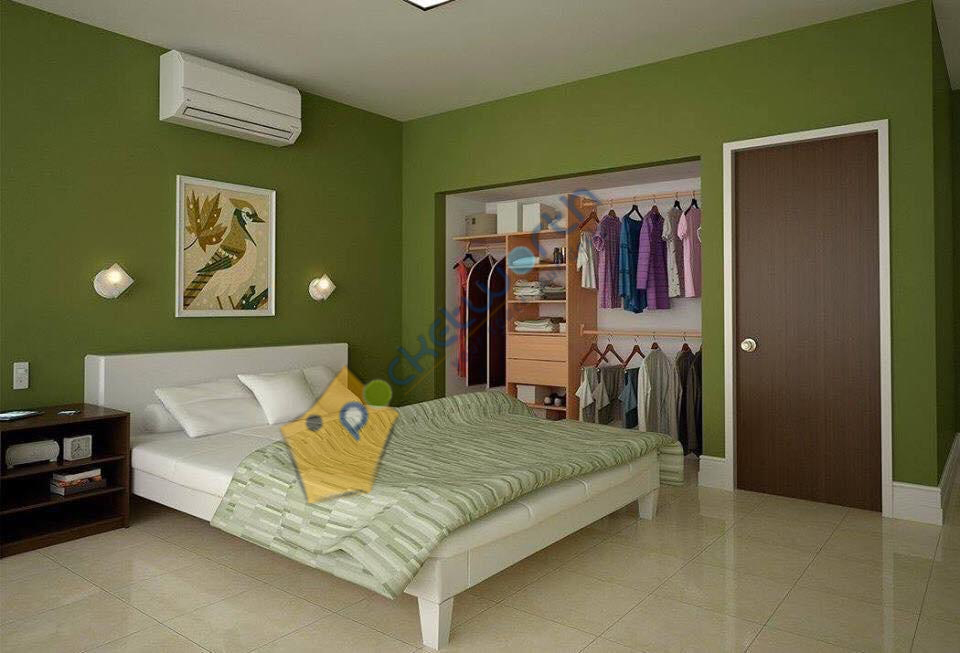Working with an interior designer is a great way to transform your space. They can work magic turning a boring room into a bold reflection of your style and personality. A good interior designer knows how to create a space that’s just as beautiful as it is functional. It’s an investment that many people will say is well worth it. But while an interior designer provides a service, many forget that it is also a collaborative effort.
From the process of interior designing the space itself, to what looks best and all the details in between, here are the secrets designers wish their clients would understand. It’s a relationship and communication is key. Luckily these top interior designers were willing to openly share the biggest pain points they experience with clients.
Paint Is The Cheapest Way To Transform A Room
While every designer has their own style, most are unanimous about the power of paint. But clients don’t always believe them, “Strangely, paint is the thing that makes most people cringe and creates most fear, especially when we talk about darker and moodier schemes,” says Martial.
Of all the things to debate with a designer, paint should not be one of them. “It will often be the cheapest thing we buy in a project, but also the one that has most impact. And the beauty of it is that if you really don’t love it, you can buy another pot the next day and change it over.”

Don’t Complain About The Cost Of Fabric
Martial reveals her clients often cringe when they see the cost of fabric for window treatments especially because they require two and a half times the width of the window in fabric. But she thinks it’s worth every penny. “Especially when the fabric is expensive… But in that case, it’s even more important to have beautiful full and luxurious looking curtains rather than skinny ones with a nice fabric. So keep that ratio in mind, and have them lined or even interlined if it’s a very thin fabric. I promise, it will be worth it in the end.”
The Little Things Can Be Just As Important As The Big Things
“Although most of my work is to find the big pieces, the smaller ones and accessories are not to be underestimated, or even worse, forgotten,” says Martial.
Details are very important, she explains, “Very often, people think that once the sofa, table and chairs are bought, a huge pressure is gone and they start to relax. That’s how I end up seeing places half done that lack warmth.”
Accessories such as cushions, rugs, mirrors and vases are important. Framing art properly is another consideration, as well as how everything is styled. “All of that has to be thought of as well to get the best results, they have to be interesting and blend well with the rest of the house. And your designer can totally help you with it too.”


